Review: LG Optimus G for Sprint
Oct 16, 2012, 2:29 PM by Eric M. Zeman
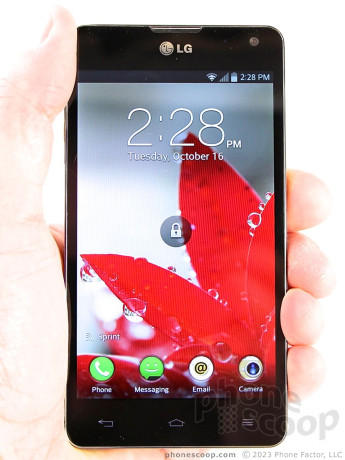
LG brings its heavy artillery to the smartphone wars for the first time with the Optimus G. This flagship Android smartphone boasts a quad-core processor, 13-megapixel camera, and of course LTE 4G for Sprint. Here is Phone Scoop's full review.
Form
Is It Your Type?
The Optimus G is LG's top of the line device for the remainder of 2012, and it has all the lust-worthy features needed to earn its stripes. It has the design chops to back up the spec sheet, but does it perform? With its massive 13-megapixel camera, it could blow the doors off the competition. Is LG's best enough to challenge the Samsung Galaxy S III and iPhone 5?
Body
The Sprint version of the LG Optimus G is different enough from AT&T version that Phone Scoop decided each device warranted its own review. The Sprint G is slightly taller and narrower than the AT&T G (by just 2mm and 3mm, respectively), but it's noticeable if you hold the two phones side-by-side.
The Sprint version of the G more closely mirrors that of the international variant of the G. This left Sprint with little wiggle room when it came to making the device more its own. It's a black slab with glass on the front and a glass-like material on the back. It's glossy, highly reflective, but could be hard to recognize from more than a couple feet away since so many smartphones are black-on-black slabs.
This version has a sharp edge around the front surface. The 90-degree angle where the glass front meets the plastic sides is razor-sharp and felt somewhat unpleasant to me. This edge is accented with a pencil-thin metallic band. This silvery sliver of metal breaks up the black-on-black colors just a little bit. It's also not entirely flush with the side surface. You can feel it with your thumb. This thin metallic band is about the only thing on the G that feels in any way cheap to me.
The glass is what I like about the G the most. The display (naturally) and the back panel are glass (or something glass-like.) The back panel has a pattern under the surface that can be seen when you tilt it in direct light. It has a cool effect that I like. Also, glass is better than plastic in my book. One thing I have historically disliked about so many of LG's smartphones are the cheap materials. The G is different. The glass really ramps up the feeling of quality. Mix that with top-notch manufacturing, and the Optimus G is a big step forward for LG in terms of bringing quality hardware to market.
Quality or not, you can't escape the G's large size, necessitated by the generous display. It's wide and tall, though LG managed to make it fairly thin. Were it not for nicely shaped back edges, it would feel like holding a box of pencils. I can't quite wrap my hand all the way around it, but it's not too heavy and the smooth front and back mean it slips in and out of pockets quite easily.
The volume toggle, which is on the left edge, was a bit sticky on my review unit. It's certainly a cinch to find, but travel and feedback was anything but informative; it's quite mushy. The lock button, on the right edge, is much better. It's easy to find and has excellent travel and feedback. The headphone jack is on top and the microUSB port is on the bottom. There are also two exposed screws on the bottom, holding the entire assembly together, which gives the G a bit of an industrial look.
It's worth noting that Sprint's Optimus G has no access to the SIM card, nor does it have access to a memory card slot (which the AT&T version does). Neither version has a removable battery.
There's no doubt in my mind that this is one of the classiest pieces of hardware to come from LG. The company clearly sees the threat from design-focused competitors such as Samsung and Apple, and has taken that threat seriously. The G is probably LG's best device in terms of the look, feel, and manufacture of the hardware.
Performance
Screen
The G's display is fantastic. It measures 4.7 inches across the diagonal and packs an impressive 1280 x 768 pixels. You can't see the individual pixels, even when you hold the phone up close to your eyes. The display is an LCD panel with LG's in-plane switching technology. It's simply one of the best displays I've seen on an LG device. It is crisp, sharp, bright, and colorful. It's perfectly usable outside, and I had no trouble using the camera to take pictures of my kids playing soccer on a bright and sunny afternoon.
Signal
The G delivers the best signal performance I've seen on a 3G device from Sprint. Sprint devices often exhibit weak performance on Sprint's network in my neck of the woods. Not the G. Not only did it show a full signal most of the time, but it performed like it was connected to the network at full strength every where I took it. It showed good 3G data speeds everywhere I went (even in weak coverage areas) and always connected calls on the first dial. It never dropped a call during my tests.
Due to the limited coverage provided by Sprint's LTE 4G network, we were unable to test the G on LTE 4G. If/when we have a chance to use the G on Sprint's LTE 4G network, we'll update this section of the review. Given the small footprint of Sprint's LTE network at the time this review was published, we feel it's fair to rate its experience on 3G alone, as that is how most Sprint subscribers will initially experience the G.
Sound
The G is a solid voice device thanks to clear calls and a loud earpiece speaker. Most of the calls I made with the G were free from static and other noises. The earpiece packs a painful punch when set up all the way. I was easily able to hear callers in a loud, crowded bar on a Saturday night. In quieter environs, you can turn the volume down to 50% for a really nice experience. The speakerphone offers similarly clear and crisp calls, but the volume doesn't quite compare to the earpiece. It's acceptable to use in a low-key home or office, but not so much in a noisy coffee shop. Ringers and alerts are acceptably loud, but could be better. You probably won't miss most calls, but that one time you leave the volume at 50% is when you'll miss like 10 in a row. The vibrate alert is good, though.
Battery
Ah, our first real complaint about the Optimus G. Both the Sprint and AT&T versions of the device gave me a hard time. With the Sprint one in particular, it never lasted more than 24 hours in total from a single charge. It would make it from 7AM to 11PM, but just barely. Use it heavily, and you can be scrambling for a charger at dinner time, and that's without the often battery-hungry 4G LTE! You'll need to pay attention to the battery with this device and have back-up chargers or other power supply available at all times.
Basics
Menus
The Optimus G runs Android 4.0.4 Ice Cream Sandwich with a user interface treatment from LG. There are some Sprint elements visible throughout the UI, as well, but they are hardly intrusive.
First, the lock screen. It's fully customizable. It offers four shortcuts, all of which can be changed or deleted. You can also customize which clock appears on the lock screen, and whether or not weather data and other alerts are sent to the lock screen. Good stuff.
There are five home screen panels for customization out of the box, but you can either delete or add these if you wish. There are a multitude of widgets on board. Again, these can all be set however you wish them to be. I really like the animations used by LG for screen transitions. There's a cool 3D effect that is a step-up in terms of awe factor. You can tell that LG put in a bit more effort to make the Optimus G's experience that much better than its older phones.
The main menu is a regular old grid of apps. Thankfully, you have some flexibility as far as customizing it is concerned. You can view it with large icons (default) or small icons to fit more apps on each individual page. You can sort apps alphabetically or via install date. You can't, however, view them in list form.
The drop-down notification shade provides access to all the wireless radios as well as brightness, rotation, sound, and the QuickMemo apps. Very cool.
Last, the Sprint G is compatible with Sprint iD Packs. Only one is installed out of the box, but it hasn't been turned on. If you choose, you can download and install more Sprint iD packs, which are bundles of apps, wallpapers, and shortcuts centered on a specific theme.
Take all these combined, and you have a very flexible platform that you can fully customize and make your own. The G also comes with different home screen themes (each with its own wallpaper and app shortcuts), and of course the ability to tweak ringers, alerts, and so on. You can even customize the app icons with photos you've taken yourself.
As far as performance goes, the Optimus G uses a Qualcomm Snapdragon S4 quad-core processor. You can tell. It's fast as blazes. Seriously, it is leaps and bounds faster than any other LG device I've ever used. To call it the fastest LG smartphone ever - while true - would be a gross understatement.
Calls and Contacts
LG hasn't done anything to spruce up the appearance or function of the phone and contact apps. They look and behave just as they do on every other Android 4.0 device out there. As far as widgets go, there are the usual home screen widgets for direct contacts, as well as the a nice widget for a collection of your favorites. The bigger widget lets you access your top nine contacts and gives you a cool UI for interacting with them on the home screen. Other than that, yeah, the G makes phones calls with ease and lets you organize your contacts on the device.
Messaging
As far as messaging goes, the G has the stock Android tools on board and nothing else. The SMS app offers nice, threaded conversations; the Gmail/email apps are great ways to manage your inbox; the Google+ and Google+ Messenger apps are good for keeping up with your G+ activity; and the Google Talk app is as powerful as ever for IM and video chats.
The native Facebook and Twitter apps are preinstalled, as well as embedded in the operating system. Sharing things with your social networks is never more than a Menu button out of reach.
Extras
Media
The Optimus G doesn't stray beyond the native Google media applications. The ultra-simple MP3 app is on board, as is the simple video playback app. These are joined by the Google Play Store, Play Music, Play Movies, and Play Books apps. The Store is a fine place to discover and download all sorts of content, ranging from apps to tunes to movies and so on. Each of the separate apps is then used to playback that specific content. The native YouTube app is also included.
One thing that's cool is an app called SmartShare. This app makes use of the DLNA powers on board the G to ease the pain of connecting with and sharing content to HDTVs and other DLNA-compatible equipment. I found the app intuitive to use and managed to pair the G to my TV set with no trouble.
Camera
The Optimus G may have a 13-megapixel camera, and uses a layout similar to what many other Android phones do with respect to the controls.
If you're the point-and-shoot type, just use the big shutter button in the right side of the screen (there's no physical camera button). You can also easily jump to the video camera, user-facing camera, and video camera from these controls.
The left side of the viewfinder is where all the advanced controls are. In other words, if you fancy yourself an artiste and want to ensure the best shot possible, these are the buttons you'll need to press in order to fine-tune the camera. The G offers plenty of cool features, including panorama, HDR, continuous shot, "Cheese shutter" (predetermined voice commands make the shutter fire), and a Time Catch shot mode for timed bursts.
These tools all work as expected, though I thought the HDR capture mode was a bit slow when compared to other devices. The Time Catch mode is tricky to learn. It is essentially a tool for taking five successive shots so you can pick the best one. It's probably a good tool to use when taking pictures of kids who won't sit still. It takes a few tries to figure out how best to time it.
The rest of the controls (exposure, ISO, white balance, etc.) are easy enough for any old zombie to figure out.
Oh, and the G's camera flies. Absolutely nothing slows down the performance of this camera. It is as fast a camera as I've ever seen on a cell phone.
Photos
The Sprint G boasts 13 megapixels, which is about as many as we've seen stuffed into a smartphone. Sadly, this is a case where more pixels doesn't mean higher-quality photos. The images I captured with the Sprint G were good, but they were not great. The smaller 8-megapixel sensor in the AT&T version of the G produces visibly superior shots when compared directly to those taken with the Sprint version.
The biggest problem I saw was focus, or the lack thereof. Images captured with the Sprint G were softer than those taken with the AT&T G. There was also less contrast and it wasn't as good in low-light situations. Exposure and white balance were fine, though.
The 13-megapixel shooter works, no doubt, and will still make plenty of people happy. But when pitted head-to-head with LG's own (lower-resolution) device on a competing network, it comes up a bit short.
Video
I could not tell any difference between the video quality of the Sprint G versus the AT&T G. Both were clear, exposed properly, and showed accurate colors. The videos were a bit shaky-looking when shot at 1080p HD, but you can dial the resolution down to get a smoother look. When shooting in 1080p, you want to be as still as possible. Drop the resolution to 720p and the results improve dramatically when panning the G around.
Gallery
The G use the stock Android 4.0 gallery app. It's a fine app for controlling your photos. I find it really easy to share pictures via this gallery app to pretty much any social network you want to, and managing your separate photo libraries is a snap.
Rotate and crop editing features can be accessed from the main gallery view. If you want to do more than that, you have to load an included secondary editing app (happens automatically) that lets you adjust color, apply filters, reduce red-eye, and other fine-tuning type improvements. The editing features are nice to have and can make a questionable photo a usable photo. There is also a simple video editing tool that lets you stitch together separate video clips into a longer clip. I thought it was self explanatory and easy to figure out.
Apps
There are 53 apps pre-installed on the Sprint version of the Optimus G. Most of them are Android apps, but a fair share are Sprint apps. Of course the Google Play Store is available for downloading more apps, and the Sprint Zone is also on board if you care to wade through apps preselected for you by Sprint. Most of the preloaded apps cannot be deleted, but there's more than enough room on board the G for your own.
Bluetooth
The G's Bluetooth 4.0 radio worked perfectly. I had no trouble pairing it with a half dozen different devices. Most importantly, I had a great phone call with my brother when paired with my car's hands-free system. His voice was loud and clear through the stereo system. Music worked well, too, via Bluetooth headphones.
Browser
The G has both the standard Android browser installed and Chrome. Whichever of the two included browsers you choose, the G does well as a browsing device over Sprint's 3G network. Despite the limitations of Sprint's 3G network, the G was a relatively zippy browser of the interwebz via both the stock Android browser and Chrome, both of which do a fine job of rendering web pages.
Clock
Out of the box, the G offers the same lock screen clock performance that most other Android devices do. There's a white digital clock on the home screen that can/cannot be seen easily on light wallpaper.
HOWEVER, the G lets you sub in a massive digital clock that is so large it can be read from the moon. It's seriously awesome. Way to go, LG.
GPS
Google Maps is the only mapping software pre-installed on the G. If that's all you ever use, you'll be fine. It is a capable piece of software for discovering local points of interest and routing directions to them. As far as the GPS radio is concerned, it is quick to locate and accurate. I found that it pegged me in about 10 seconds and to within 10 feet. Pair these with the ultra-fast performance of the G's quad-core processor, and you have an excellent navigation device in the Optimus G.
QuickMemo
The Optimus G also includes the QuickMemo app. QuickMemo lets users capture a screenshot and then open it in the Notebook app. The Notebook app lets you scribble on the screenshot with various pen styles and in various colors. You can add your own scrawled text, or insert actual typed messages. You can erase the notes and leave the background unaffected. You can attach additional content, such as photos or videos, and send them all together as a package via email, SMS, Google+, Picasa and so on. QuickMemo on the G is hindered somewhat by the lack of a stylus, however.
Wrap-Up
Wow, LG. Well done. I've been disappointed with nearly every smartphone made by LG for the last few years. The Optimus G erases those failures and elevates the game. The Optimus G may not be perfect, but it is as close as LG has ever come to perfection.
The Optimus G is a solid competitor to the Galaxy S III, EVO 4G LTE, and iPhone 5. I like the G's hardware much more than I do the GS3 and I'd put it on par with the iPhone 5. The screen is killer, the voice/signal performance outstanding, and the build quality the best to come from LG's manufacturing facilities. I do wish battery life were a bit better, though.
If you're thinking the 13-megapixel shooter is the killer feature here, don't. It's certainly good, but not that good. Any way you look at it, the LG Optimus G is a looker and a performer.
Comments
GREAT MATCH for the lol
I think LG listened to me


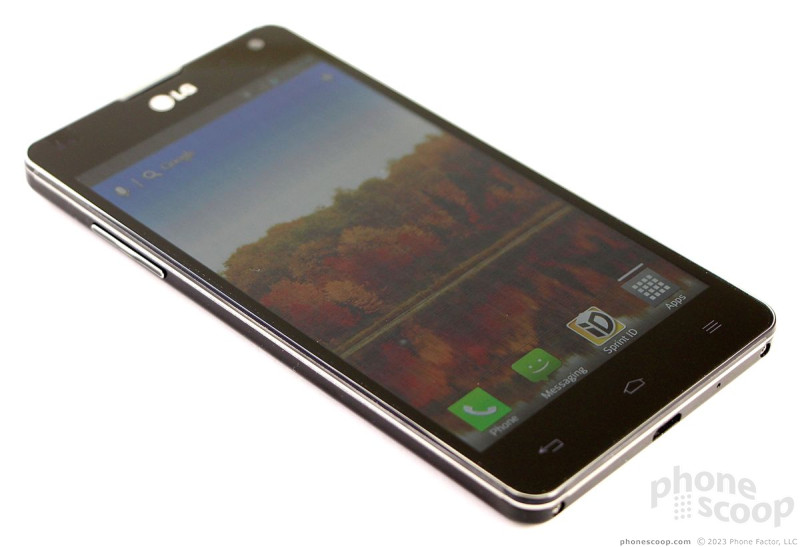















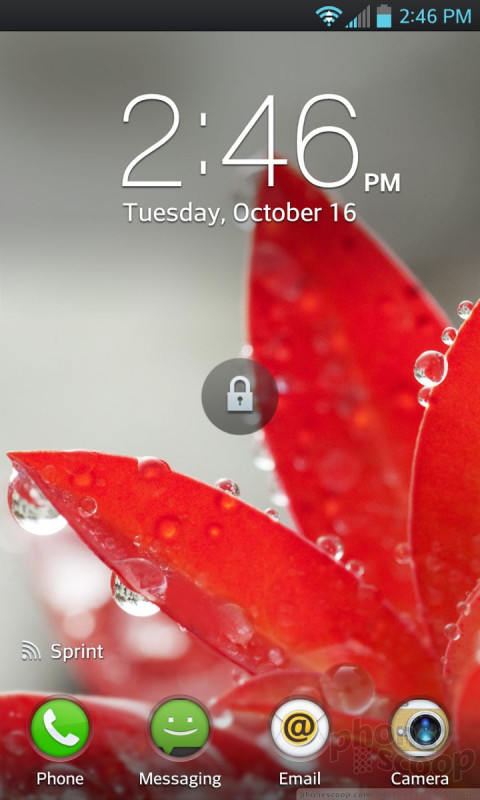






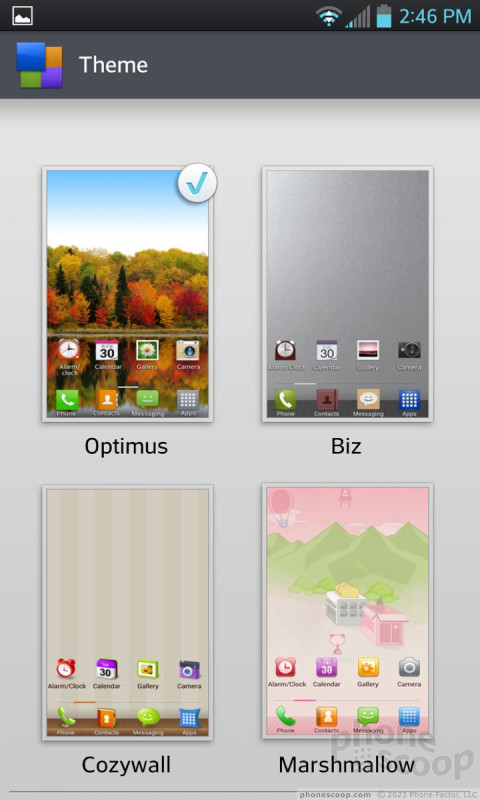





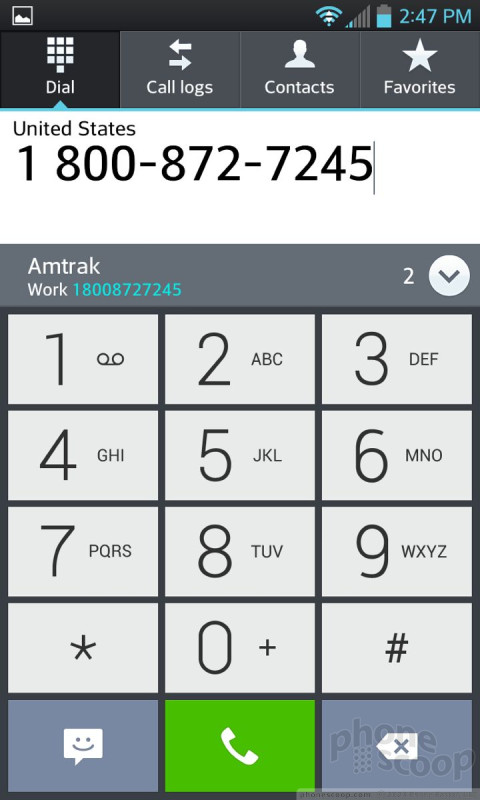







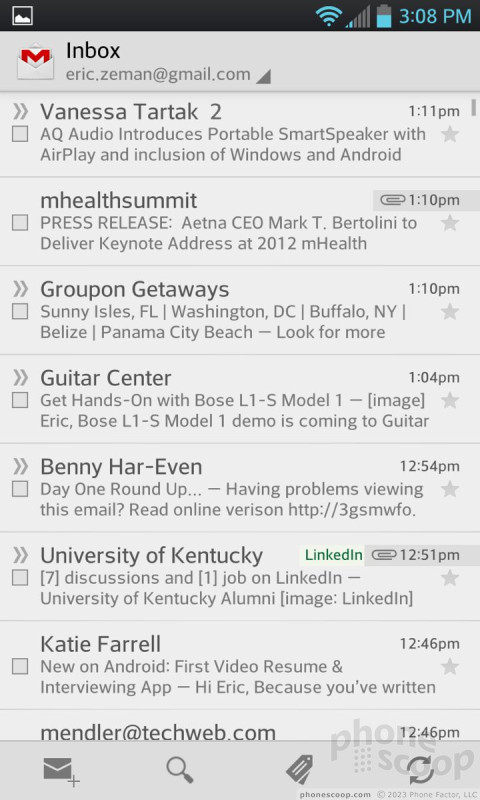







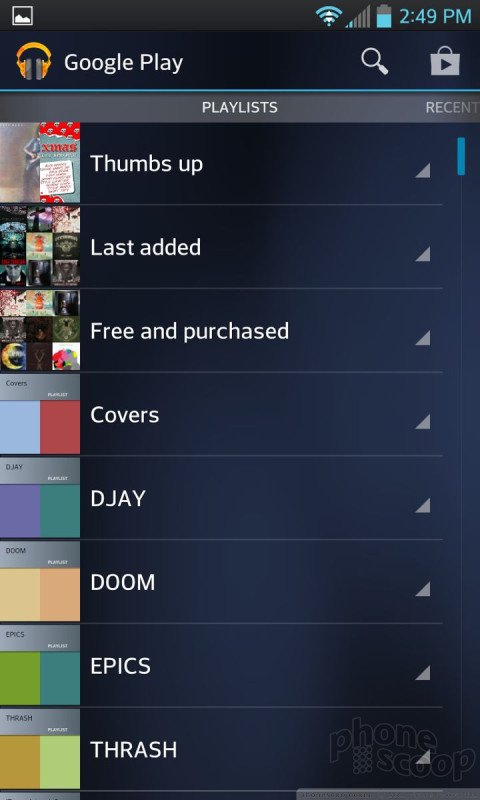






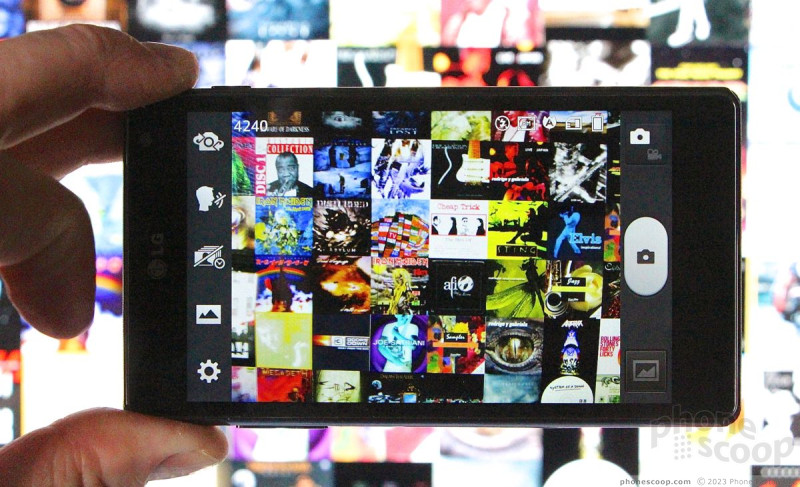





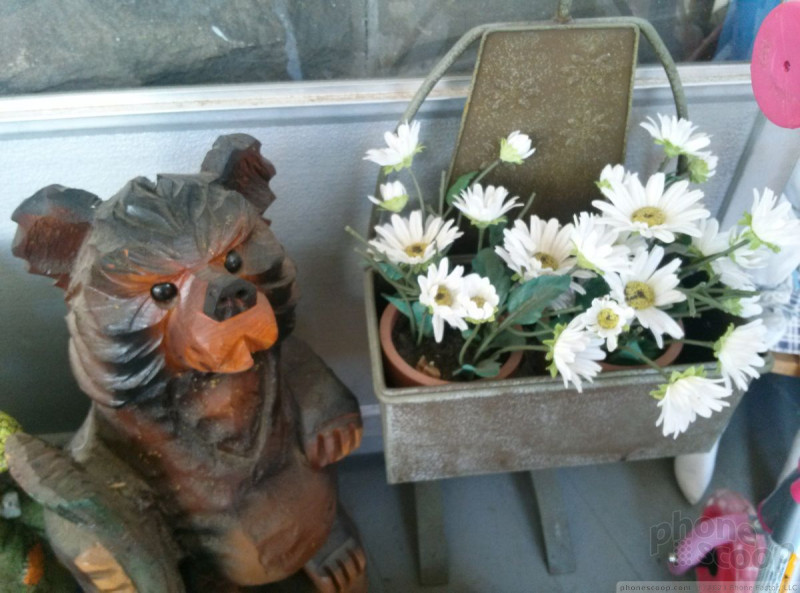














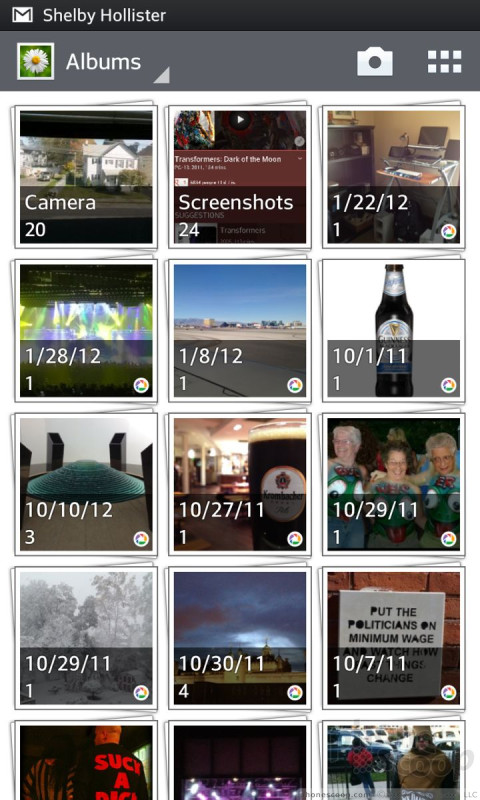







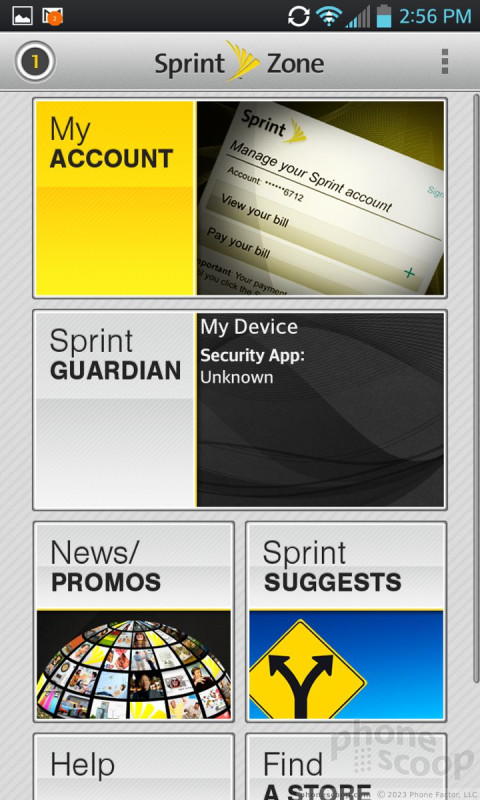


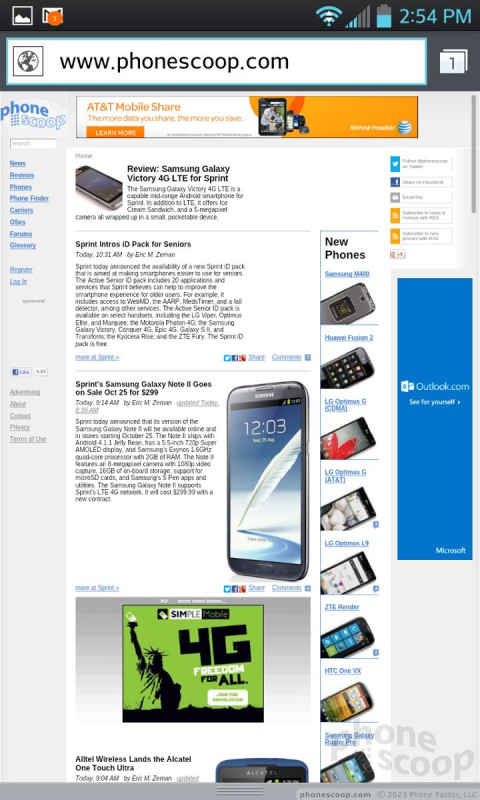





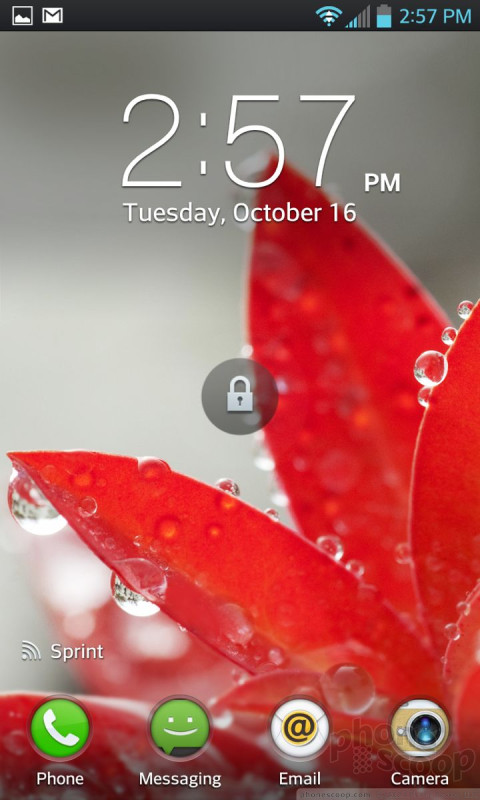




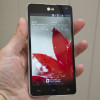 Hands-On: LG Optimus G
Hands-On: LG Optimus G
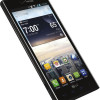 LG Spectrum 2 with Wireless Charging Available Today
LG Spectrum 2 with Wireless Charging Available Today
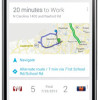 Carphone Warehouse Lists 'Nexus 4' For Sale
Carphone Warehouse Lists 'Nexus 4' For Sale
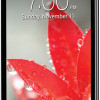 Sprint's Optimus G Follows AT&T's on Nov. 11, Also $199
Sprint's Optimus G Follows AT&T's on Nov. 11, Also $199
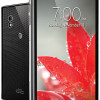 AT&T and Sprint Commit to LG Optimus G
AT&T and Sprint Commit to LG Optimus G
 LG Optimus G (CDMA)
LG Optimus G (CDMA)




